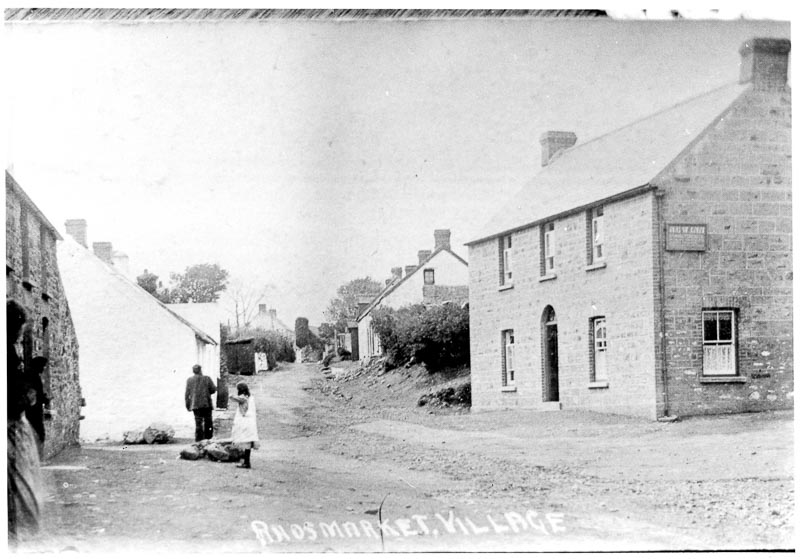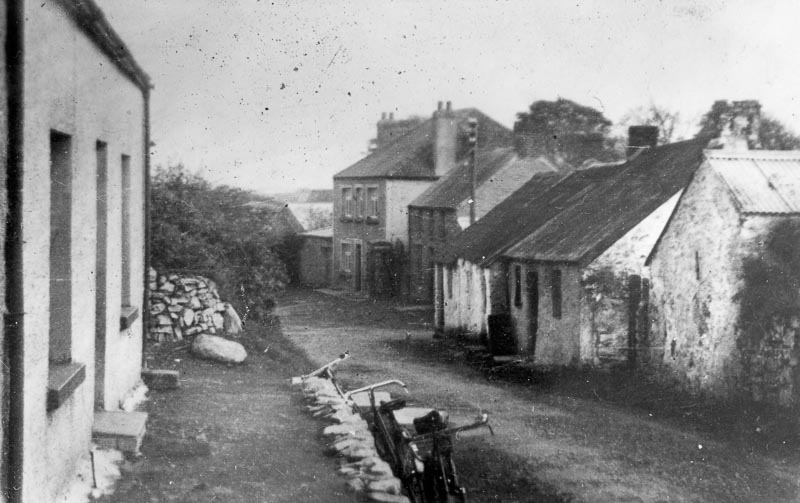Here we explore the history of Rosemarket through its transportation and communication links and include pages on the railway, roads, and the development of postal services.
The sea was once the primary means of communication between Pembrokeshire’s coastal villages. This extended up the Eastern and Western Cleddau rivers. Rosemarket Parish’s ‘seaside’ at the Tide gave it a link in this chain. The Tide is the head of a fairly large inlet known as Westfield Pill. It is possible in early times that the river was navigable to a point nearer the village. Barges once brought limestone to Rosemarket via the Pill.
Westfield Pill was also used for shipbuilding. At least two ships were known to have been built and launched there: the frigate ‘H.M.S. Milford’ (1759) and the seventy-four gun ‘Prince of Wales’ (1765). Plans for its further development as a dockyard were abandoned when the chief promoter of the scheme, Sir John Phillips, died.
A final attempt to develop Westfield Pill was made in 1855. A bill was introduced into Parliament to promote a scheme for a rail linked harbour - a vision of Isambard Kingdom Brunel. The scheme failed following Admiralty objections to a development near Pembroke Dockyard.
Roads
During the sixteenth century, each parish was empowered to appoint a surveyor of highways. Their duty was to ensure that all landholders worked four days a year improving the roads of the parish. Roadwork was an unpopular duty and the unpaid job of organising it probably more so. As the centuries developed, so did the roads. The images below, from c1900 and c1935, appear to show that Rosemarket took some care of its roads.

